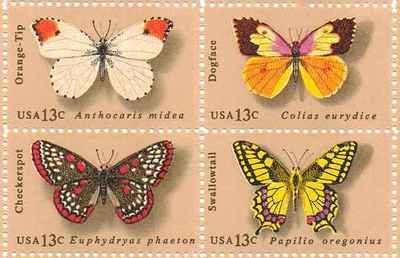Butterflies have vanished from towns and cities more rapidly than from the countryside over the past two decades, according to a new study. Industrial agriculture has long been viewed as the scourge of butterflies and other insects but city life is worse – urban butterfly abundance fell by 69% compared to a 45% decline in rural areas over 20 years from 1995. Butterfly species such as the small copper and small heath have suffered particularly disastrous urban declines, according to the study published in the journal Ecological Indicators. Scientists at Butterfly Conservation, the University of Kent and the Centre for Ecology and Hydrology found that numbers of small heath fell by 78% in urban areas compared to just 17% in the countryside, while small copper abundance fell by 75% in urban areas compared to 23% in the countryside. Prof Tom Brereton, head of monitoring at Butterfly Conservation and one of the study’s co-authors, said causes included heightened effects of climate change in cities, building on urban green space, the loss of surprisingly wildlife-rich brownfield sites, council cuts and the neglect of parks and pesticide-wielding gardeners who have also turned lawns and flower beds into driveways and patios. He said: “Urban areas are under massive pressure. People are paving over gardens for drives or patios and putting more pesticides on their gardens per area than are put on farmland. Bigger gardens are being sold off for development and councils have less resources for managing green spaces.” Butterfly Conservation advises gardeners to cut out weedkillers and pesticides and grow some native wild flowers, while also allowing native “weeds” such as ivy, which is a food source for the holly blue and provides vital autumnal nectar for red admirals and other insects. Dr Nigel Bourn, director of conservation science for Butterfly Conservation, said: “Improving the urban environment is something many of us can make a real contribution to, leaving bits of garden as wild areas, using less chemicals and gardening with wildlife in mind.”
Source: The Guardian, 16 Feb 2017
https://www.theguardian.com/environment/2017/feb/16/urban-butterfly-dec…

- Login om te reageren
